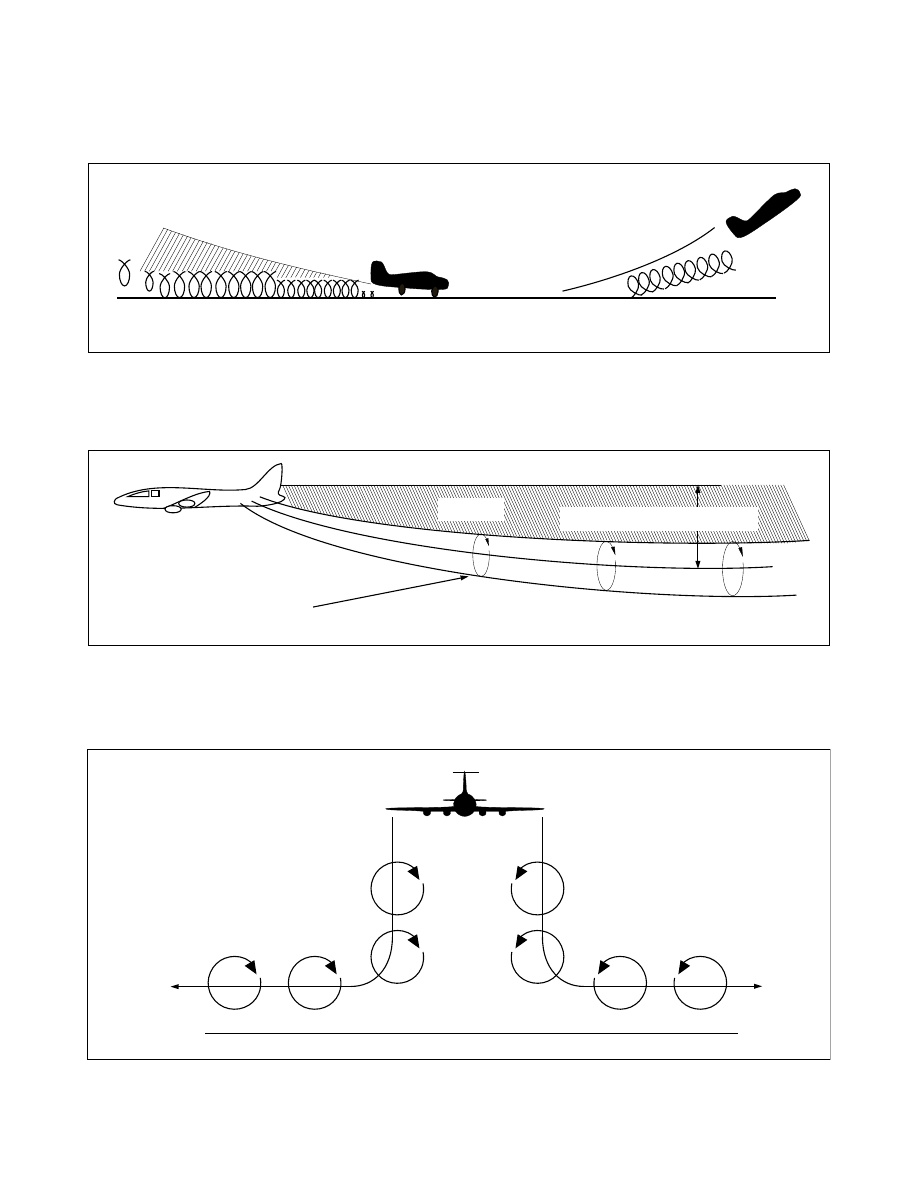
4/20/23
AIM
7
−
1
−
28. Key to Aerodrome Forecast (TAF) and Aviation Routine Weather Report (METAR)
FIG 7
−
1
−
22
Key to Aerodrome Forecast (TAF) and Aviation Routine Weather Report (METAR) (Front)
Key to Aerodrome Forecast (TAF) and Aviation
Routine Weather Report (METAR) (Front)
TAF
KPIT 091730Z 0918/1024 15005KT 5SM HZ FEW020 WS010/31022KT
FM091930 30015G25KT 3SM SHRA OVC015
TEMPO 0920/0922 1/2SM +TSRA OVC008CB
FM100100 27008KT 5SM SHRA BKN020 OVC040
PROB30 1004/1007 1SM -RA BR
FM101015 18005KT 6SM -SHRA OVC020
BECMG 1013/1015 P6SM NSW SKC
NOTE
: Users are cautioned to confirm
DATE
and
TIME
of the TAF. For example FM
10
0000 is
0000Z on the
10th
. Do not confuse with
1000Z!
METAR
KPIT 091955Z COR 22015G25KT 3/4SM R28L/2600FT TSRA OVC010CB 18/16 A2992 RMK
SLP045 T01820159
Forecast
Explanation
Report
TAF
Message type: TAF-routine or TAF AMD-amended forecast, METAR-
hourly, SPECI-special or TESTM-non-commissioned ASOS report
METAR
KPIT
ICAO location indicator
KPIT
091730Z
Issuance time: ALL times in UTC “Z”, 2-digit date, 4-digit time
091955Z
0918/1024
Valid period, either 24 hours or 30 hours. The first two digits of EACH
four digit number indicate the date of the valid period, the final two di
gits indicate the time (valid from 18Z on the 9
th
to 24Z on the 10
th
).
In U.S. METAR: CORrected ob; or AUTOmated ob for automated re
port with no human intervention; omitted when observer logs on.
COR
15005KT
Wind: 3 digit true-north direction, nearest 10 degrees (or VaRiaBle);
next 2-3 digits for speed and unit, KT (KMH or MPS); as needed, Gust
and maximum speed; 00000KT for calm; for METAR, if direction varies
60 degrees or more, Variability appended, e.g., 180V260
22015G25KT
5SM
Prevailing visibility; in U.S., Statute Miles & fractions; above 6 miles in
TAF Plus6SM. (Or, 4-digit minimum visibility in meters and as re
quired, lowest value with direction)
¾SM
Runway Visual Range: R; 2-digit runway designator Left, Center, or
Right as needed; “/”, Minus or Plus in U.S., 4-digit value, FeeT in U.S.,
(usually meters elsewhere); 4-digit value Variability 4-digit value (and
tendency Down, Up or No change)
R28L/2600FT
HZ
Significant present, forecast and recent weather: see table (on back)
TSRA
FEW020
Cloud amount, height and type: Sky Clear 0/8, FEW >0/8-2/8, ScaTtered
3/8-4/8, BroKeN 5/8-7/8, OverCast 8/8; 3-digit height in hundreds of ft;
Towering Cumulus or CumulonimBus in
METAR
; in
TAF
, only CB.
Vertical Visibility for obscured sky and height “VV004”. More than 1
layer may be reported or forecast. In automated
METAR
reports only,
CleaR for “clear below 12,000 feet”
OVC 010CB
Temperature: degrees Celsius; first 2 digits, temperature “/” last 2 digits,
dew-point temperature; Minus for below zero, e.g., M06
18/16
Altimeter setting: indicator and 4 digits; in U.S., A-inches and hun
dredths; (Q-hectoPascals, e.g., Q1013)
A2992
WS010/31022KT
In U.S.
TAF
, non-convective low-level (≤2,000 ft) Wind Shear; 3-digit
height (hundreds of ft); “/”; 3-digit wind direction and 2-3 digit wind
speed above the indicated height, and unit, KT
Meteorology
7
−
1
−
65